Another two months flies by, here’s what we’ve been working on:
Namaqualand
We’re making great progress with the Namaqualand project and expect to finish it in the next two months. Hopefully, it’ll be ready around the next dev log!
It’s amazing how much work there is after scanning a location for just a week 🙂
There’s not much more to say other than the team has been hard at work grinding out assets, so here’s a little sneak peek:
Moon Progress
Meanwhile, Dario has started working on our moon scans in earnest. There will be quite a few of them, and they’re all very similar, but we hope this will give you a lot of flexibility and variation in large environments.
Fabric
It’s been a while since I last spoke about our fabric scans project, and plans have changed a bit since then.
While assembling the Cornell box and pondering what sort of machine we’d build to automate the scanning process itself, we were contacted by a company in Germany, Colormass, that specializes in doing this sort of thing.
Colormass offered to scan a small set of fabrics for us, more or less at cost. While still quite a bit more than it would have cost us to do ourselves, it would free up a few months of our time to work on other projects, so we decided it was still a good idea.
They are working on a set of 30 scans as we speak, but we’ve seen 4 of them so far:
Model Recategorization
In more general news, we’ve spent some time rethinking the categories we use for models.
What we have now was thought up many years ago, back in the brief days of 3D Model Haven, when we had less than 50 models in total.
Now, the library is considerably larger and more varied, and we’re a bit tired of calling everything a “prop” or “decorative”.
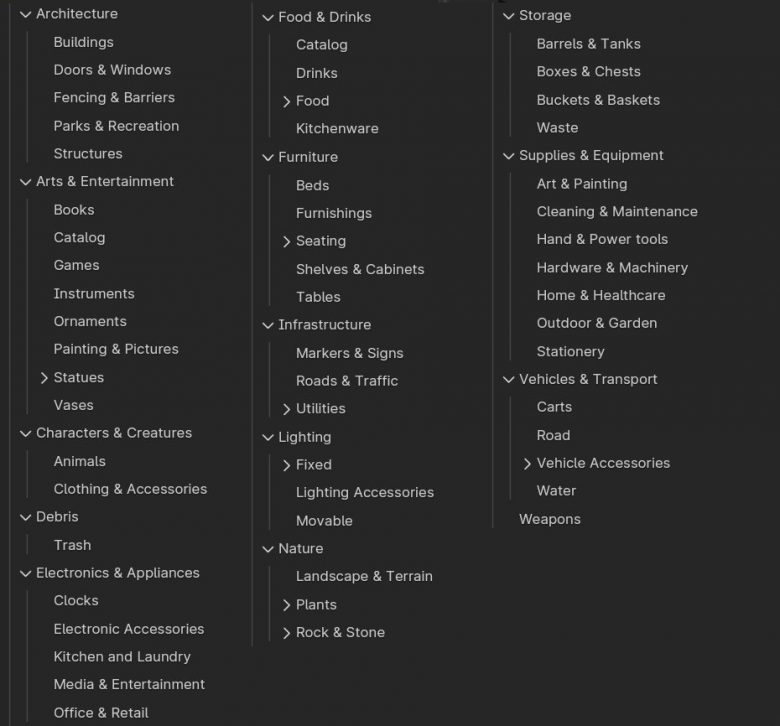
While we’re already fairly happy with the new categories we’ve created, changing categories for everything all at once has a number of technical implications. There are unanswered questions about how specifically we want the new system to work—whether or not it will be the same for textures and HDRIs, too.
The website, our Blender add-on, and any third-party tools using our API all need to work seamlessly while we make the transition, taking into account users who may not have the latest version and are still expecting the old categories.
There’s still much to decide and determine here, but I thought I’d mention it so you’re aware of one of the many aspects of running an asset library besides the act of making the assets themselves 🙂
Blender Asset Drop Handler
Speaking of our add-on, I made a patch for Blender 8 months ago that adds a small feature that would allow our add-on to be used more intuitively and efficiently.
The feature is simply a Python hook into the asset browser’s drag-and-drop event, which would allow us to attach our own code to this action. For example, we could download the asset after the user drags it into their scene rather than requiring all users to download all assets upfront, as it currently works.
Similarly, we could ask the user what resolution they’d like the asset to be or simply follow some default preference. Currently, our asset always comes in at 1K resolution, and you have to go to a menu to change this after adding it to the scene.
There are a number of other features we have in mind that rely on this patch, and it’s been waiting patiently for review for the last year.
Finally, there has been some activity, and other developers have been working on similar patches and more general implementations, so it’s possible we may finally get to see these features in Blender soon 🙂
Better Astro-HDRIs?
Finally, a bit of a tease…
One of our most requested types of HDRIs are night HDRIs. We have a few, and a few more on the way from Namaqualand, but since shooting those we’ve realized our current lens is a bit… soft.
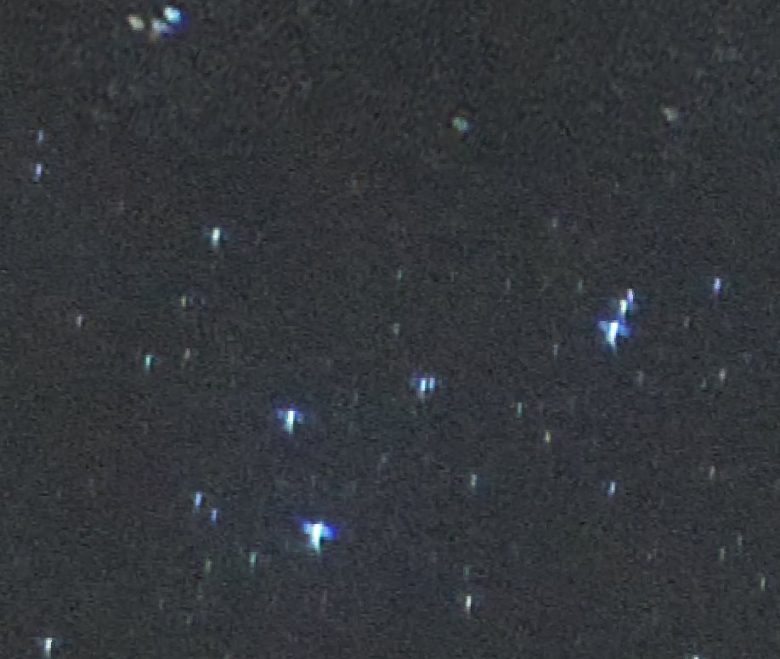
It’s not bad, the image above being the worst case I could find, but the poor coma coupled with the relatively high level of noise (due to the limit of 15s exposures to avoid star trails)… there is definitely some room for improvement.
Luckily, Sigma recently released a new lens that blows every other potential astro-HDRI lens out of the water: the 14mm f/1.4 Art.
Not only is this lens twice as bright as our current lens, meaning theoretically half as much noise, but it’s also on another level of sharpness wide open.
We visited a local camera store and shot a few tests, albeit during the day, and came to the conclusion that we needed this 🙂
We have an HDRI trip planned for the end of August, where we’ll put it to the test and hopefully capture the best starry skies anyone has ever seen in an HDRI.
Assuming the weather plays nicely with us.
Thanks for reading this far! We look forward to sharing more exciting progress in the next Dev Log 🙂 Until then, feel free to join us on Discord where we are always hanging out, and let us know what you are working on too!
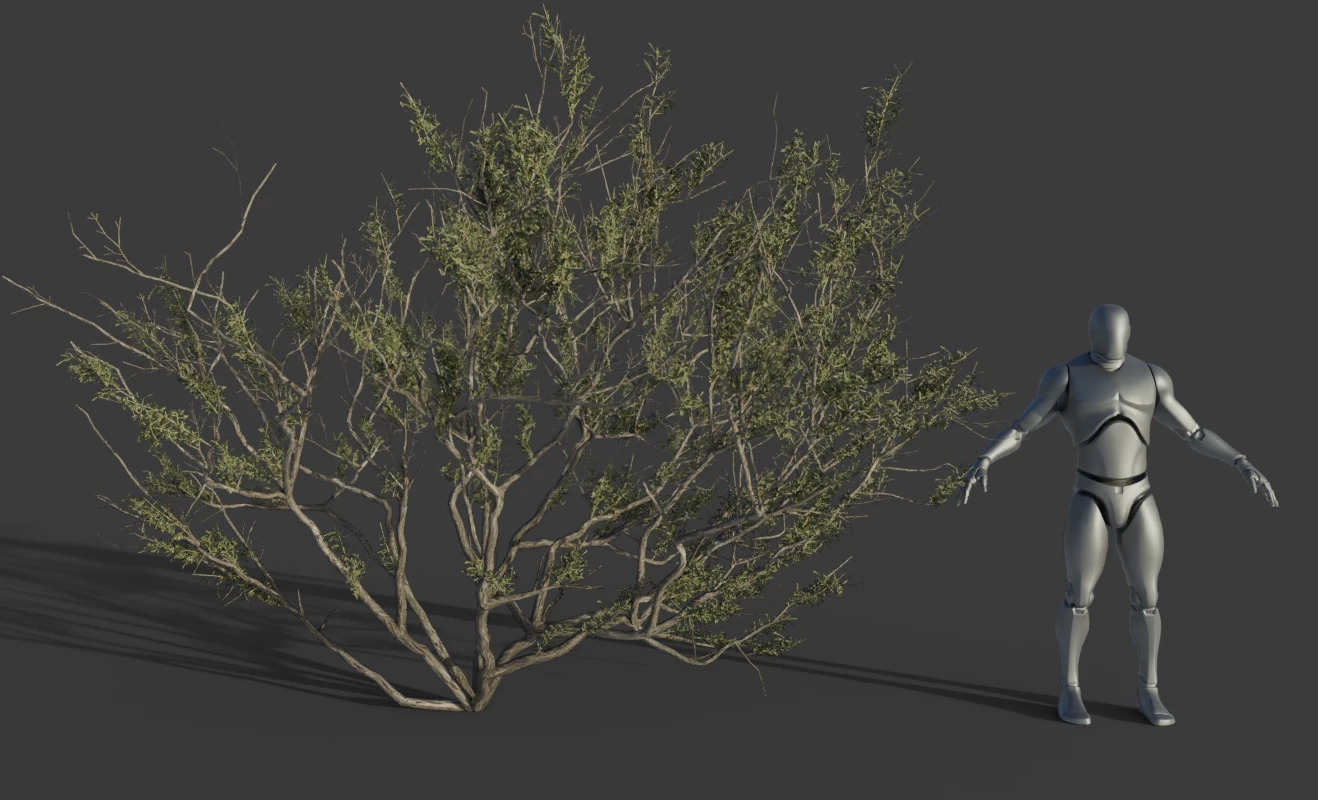
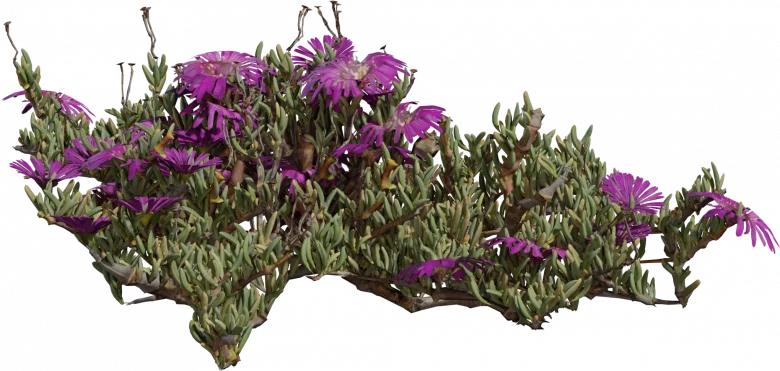
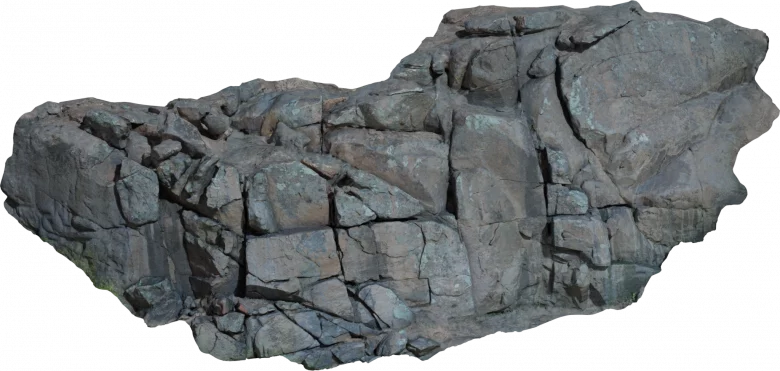

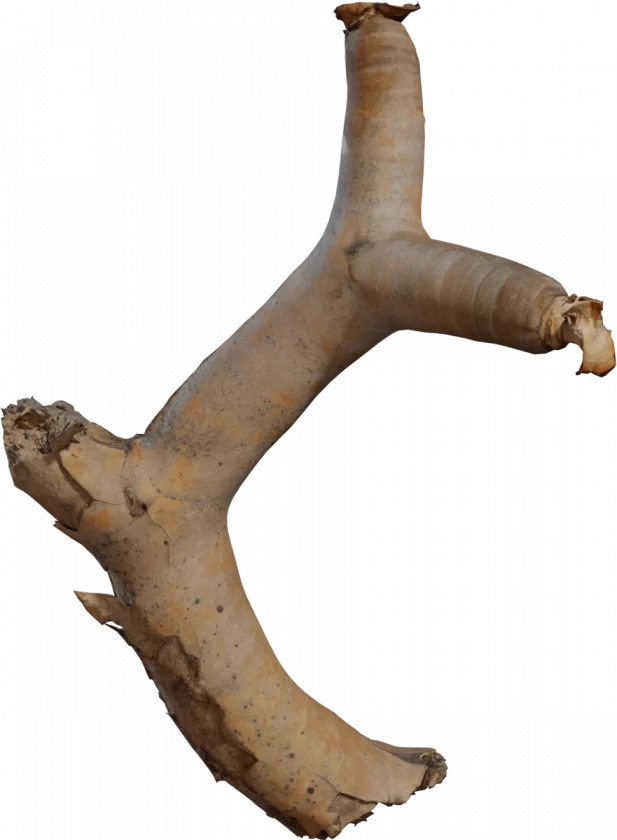
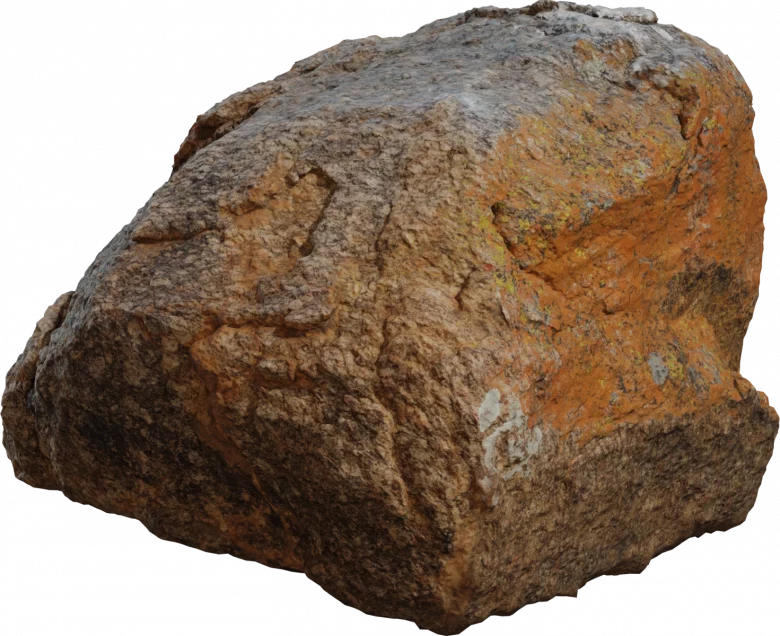
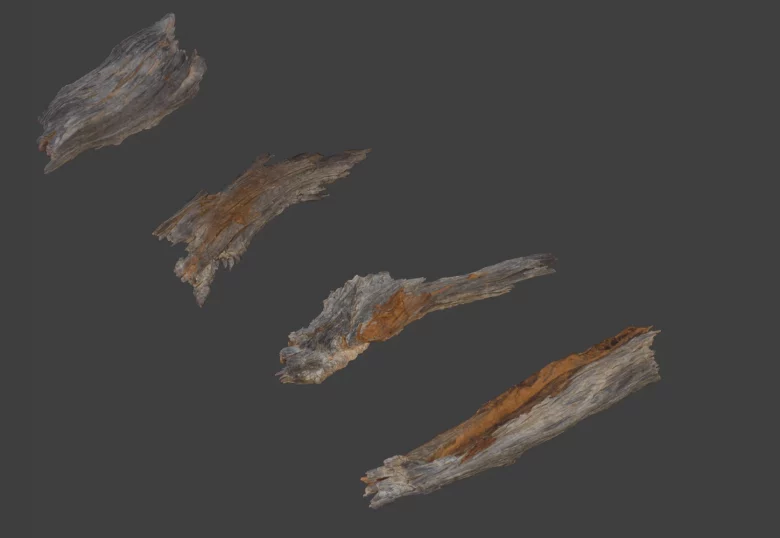
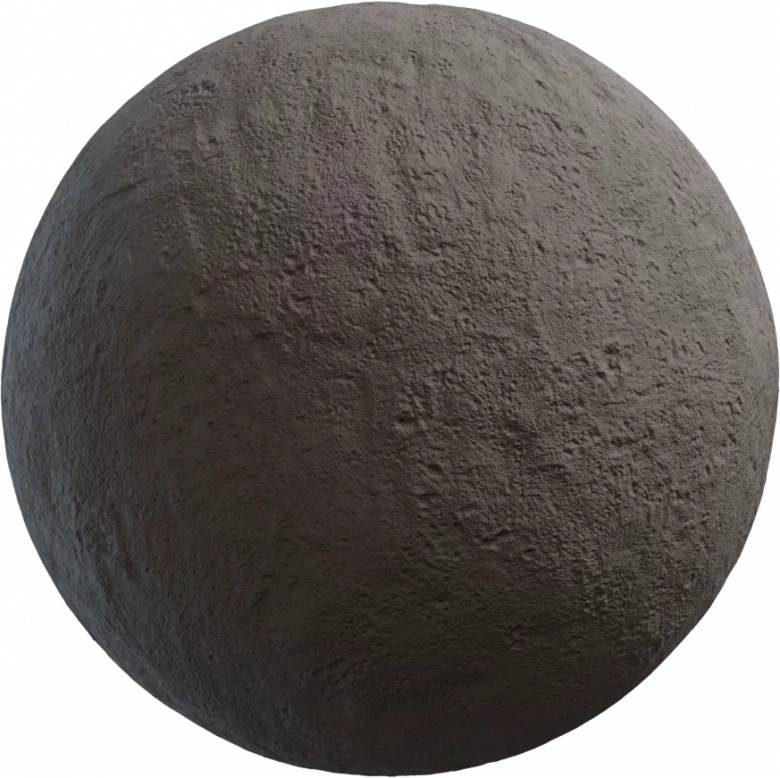
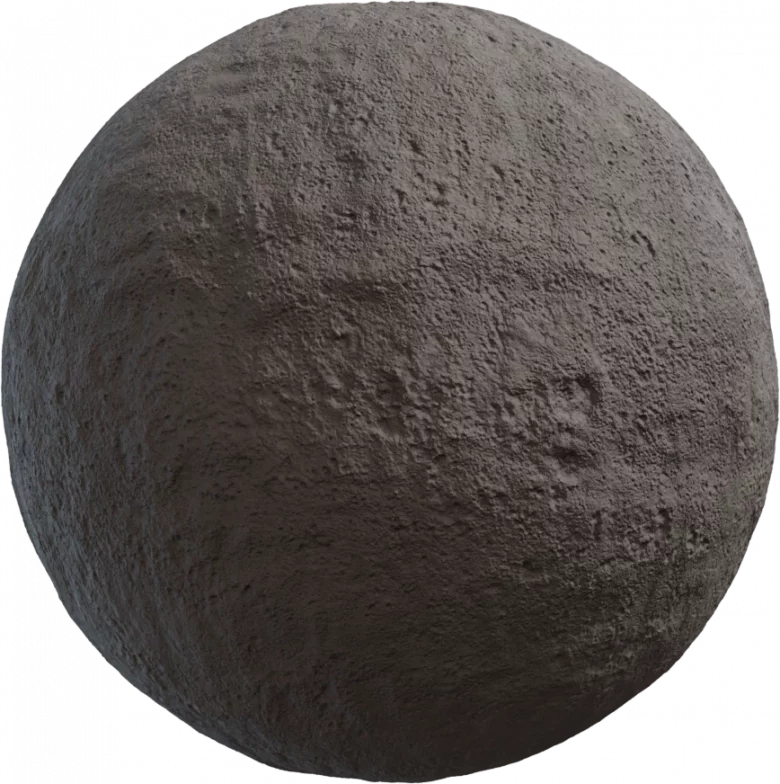
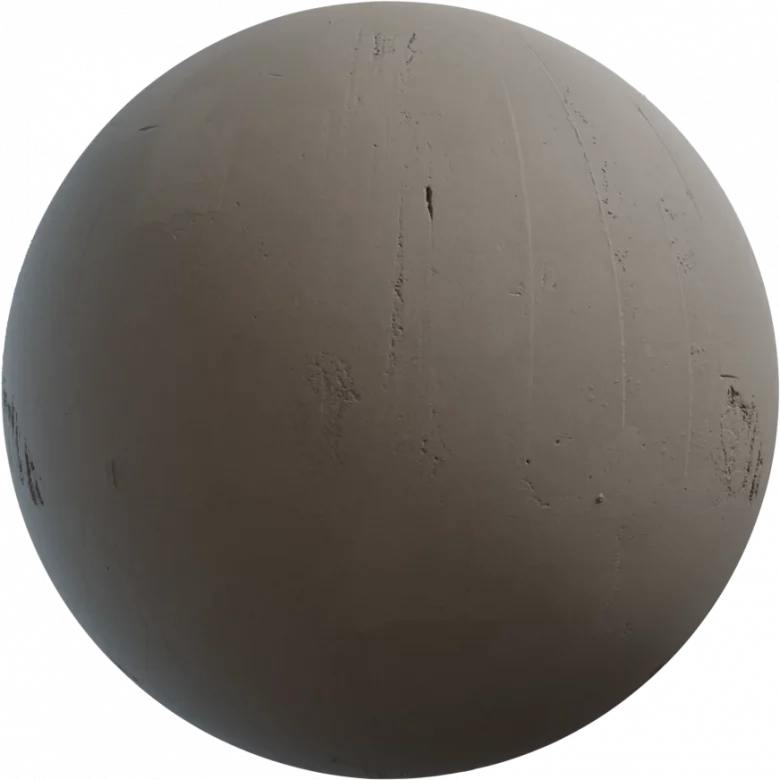
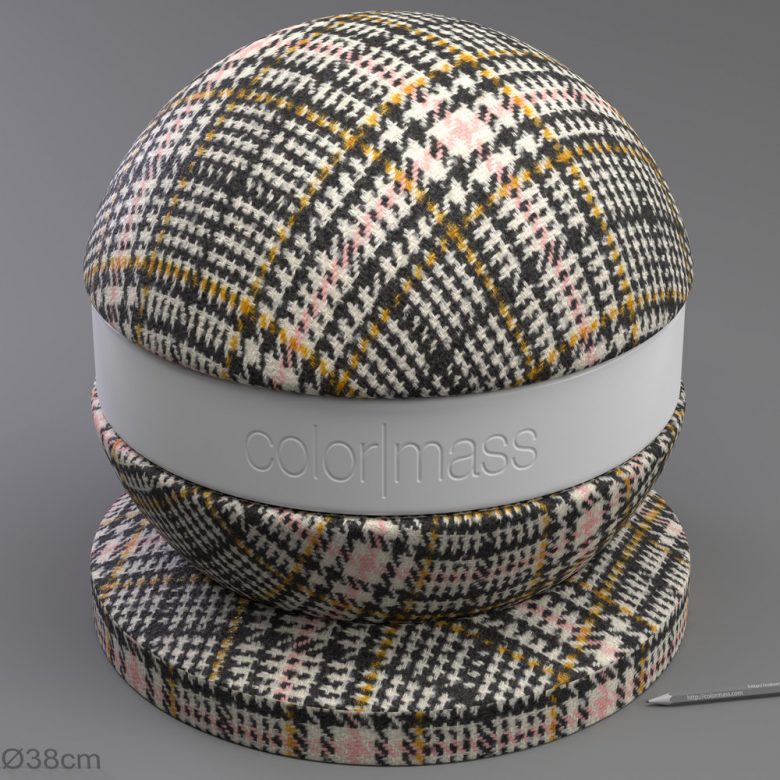
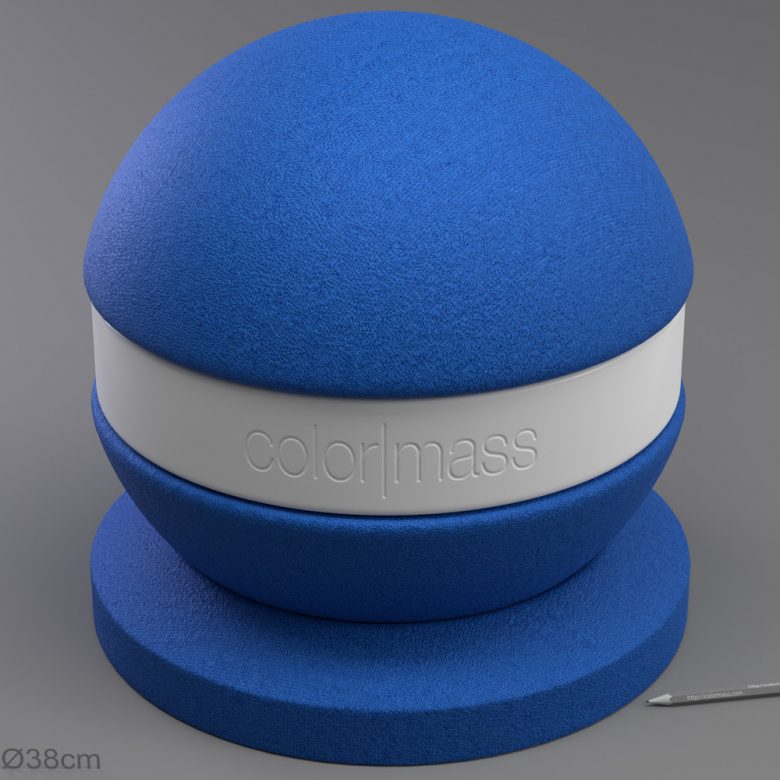
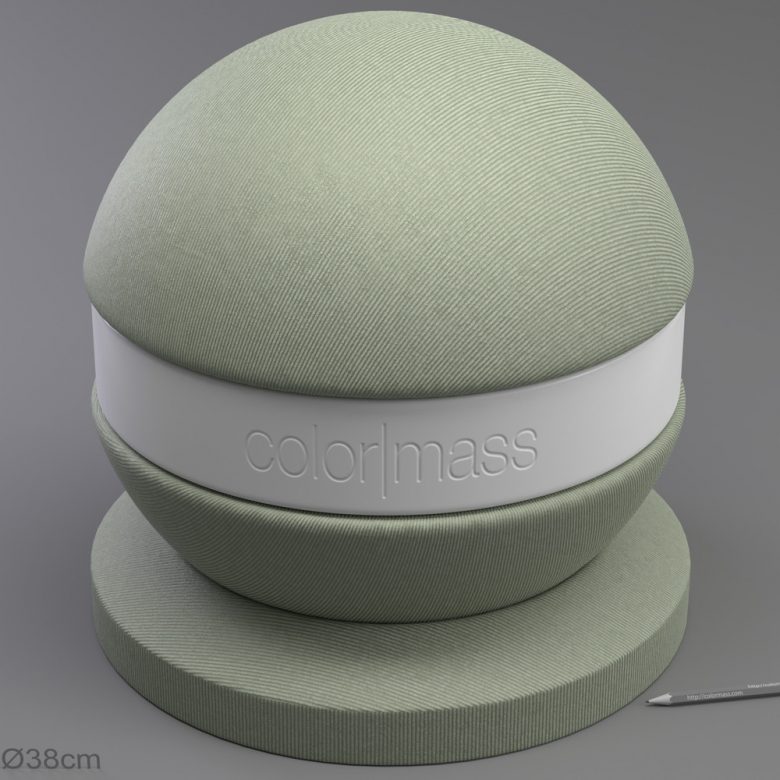
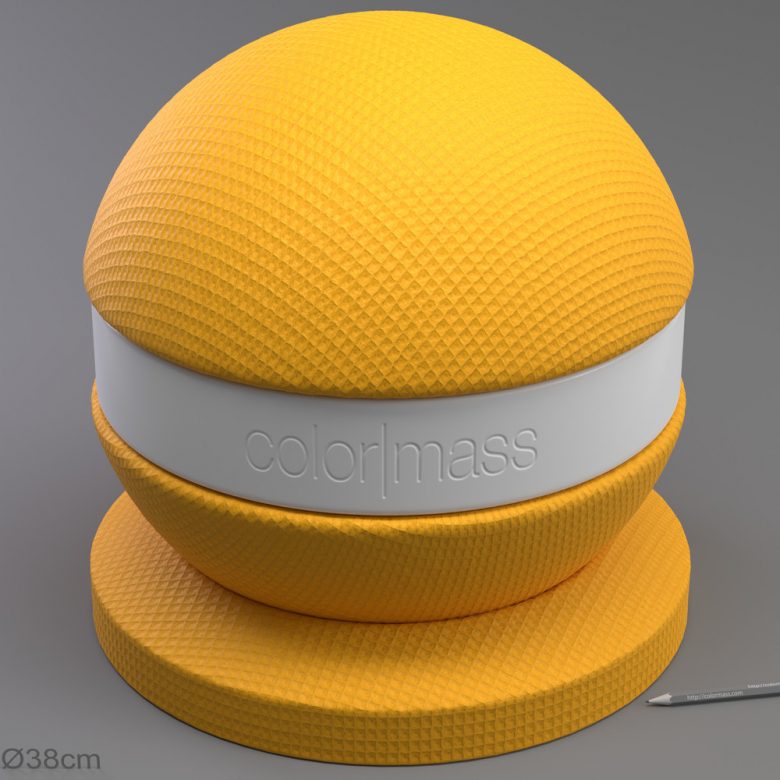
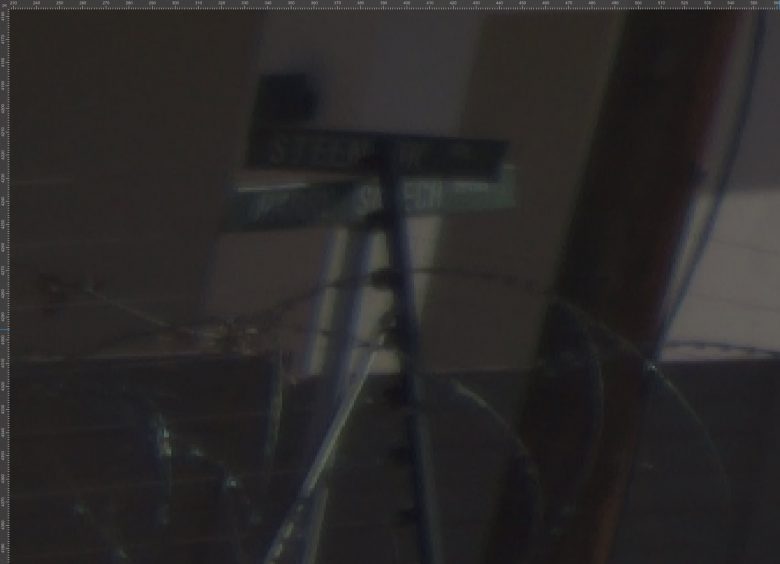
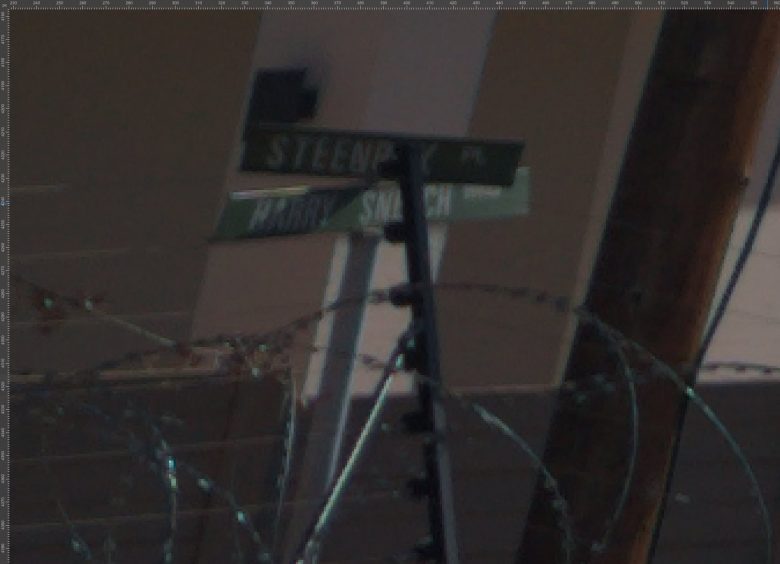
Thank you as always for the amazing work you are doing to benefit the whole community.
This is really exciting 🙂 I’m looking forward to the fabric and the night-sky HDRIs 🙂
super cool, the fabrics already look so good. great move outsourcing these